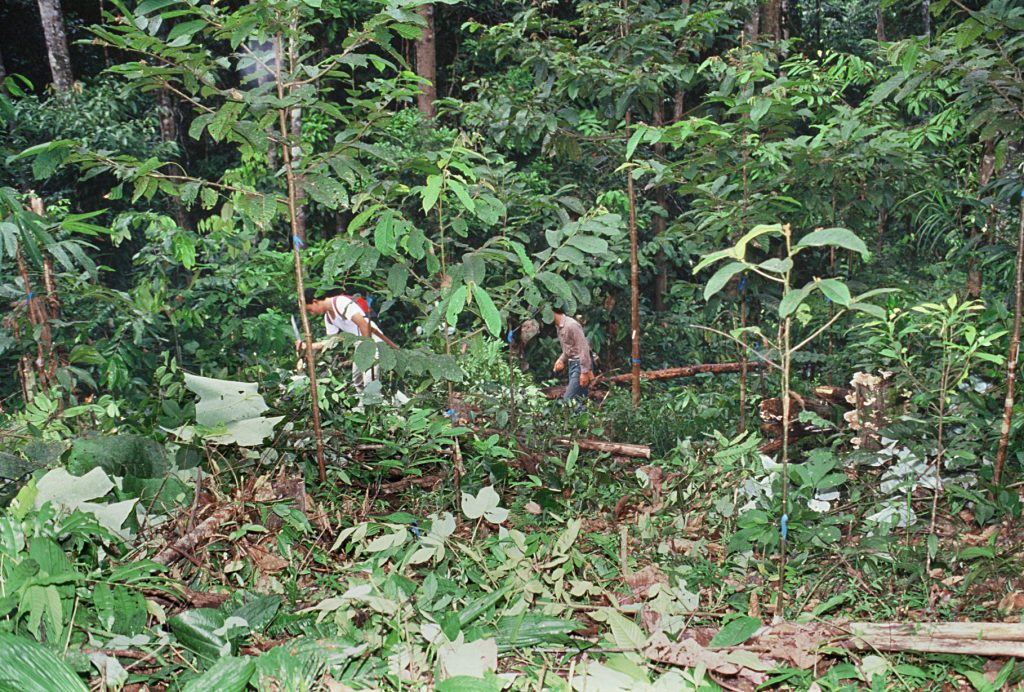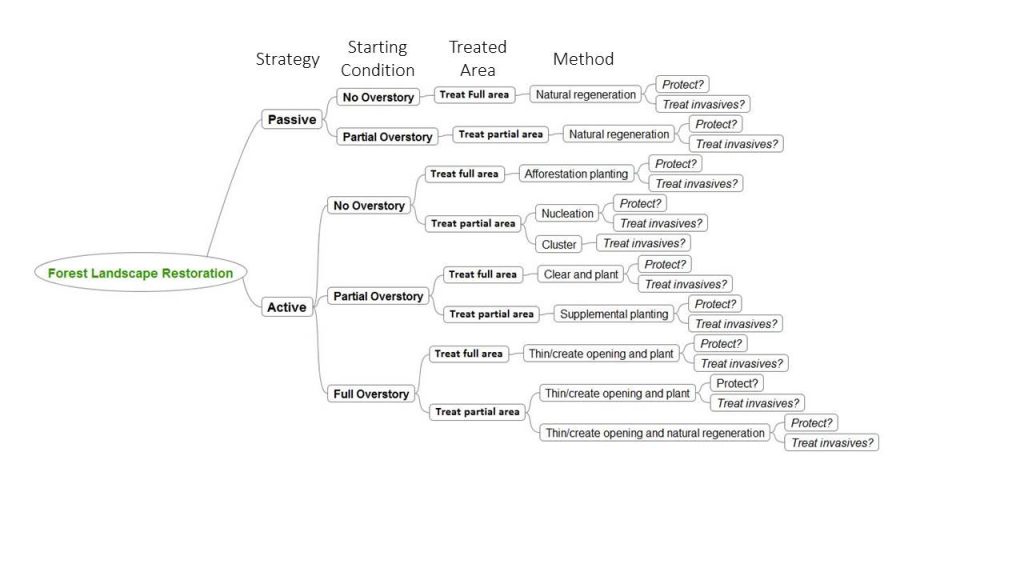IUFRO Spotlight #76 –Transforming Forest Landscapes to Meet Current and Future Needs and Challenges

“Forest landscapes (FLs) are often the basis of local economies and social identity,” said Professor Andreas Bolte, Head of Institute at the Thünen Institute of Forest Ecosystems in Eberswalde Germany.
“In past, many forests have been heavily degraded by unsustainable practices, and today they are still under heavy pressure worldwide through the loss and degradation of forests, conversion to other land uses and, increasingly, climate change,” he said.
Dr. Bolte is coordinator of the IUFRO Task Force (TF) entitled: Transforming Forest Landscapes for Future Climates and Human Well-being.
This “new IUFRO TF is dedicated to providing and communicating the scientific basis for transforming FLs to climate-resilient land use systems that provide a full spectrum of ecosystem services for current and future societies,” he said.
“Our major goal,” he said, “is to develop practical pathways for FL transformation that lead to landscapes that better fulfill future needs of local stakeholders and society at large throughout the world.”
By facilitating the collaboration of researchers in many different science fields – natural, social, and educational sciences – the TF will achieve its goals, Dr. Bolte said.
As important as the multi-disciplinary areas of expertise of the TF researchers, is the aspect of translating global Forest Landscape Restoration (FLR) concepts into local contexts, he said. That is because all forests – and the societies that dwell in or near them and depend on them – are not the same.
Those sentiments were echoed by Dr. Mercy Afua Adutwumwaa Derkyi, a deputy coordinator of the TF. “Our TF team,” she said, “comes from different continents, regions, ethnicities and genders and has expertise in natural and in social sciences.
“It’s a major step to bridge the different cultures and ethnicities – and the different forests with their different stressors and management issues,” she said.
Dr. Derkyi is Dean of the School of Natural Resources and a senior lecturer at the University of Energy and Natural Resources in Sunyani, in the Bono Region of Ghana.
To illustrate her point about different management approaches, she said: “In Ghana one cannot use the same standards and principles to restore forest reserves under total state management that one would use with “off-reserve forests” (forests interacting with other land uses – agriculture, mining, etc.)
That is because “there are different management regimes, stakeholder dynamics and interests, tenure issues, benefit sharing mechanisms, policies and legislation, etc.,” she said.
Dr. Bolte added: “In any forest the integration of biophysical conditions (site, climate, etc.) with societal needs and perceptions, as well as technical options for FL transformation are the focus.
“By neglecting any one of these factors you significantly reduce the success possibilities of FL transformation processes.
“Implementing FLR on the ground requires translating the FLR concept into a local context; through a proper process in which multiple stakeholders are key. That’s our most important challenge,” he said.
Dr. Bolte said the TF will use a “best practice” approach to illustrate FL transformation options that have worked well in certain regions and may be transferred and adapted to work in others.
As one example of such a best practice, a “decision tree” model was cited.

The decision tree shows the appropriate restoration method, depending on management objectives (reconciled with local stakeholders and beneficiaries) and prevailing site conditions (local climate, soils, vegetation structure etc.).
It offers two paths forward – passive or active restoration – including starting conditions, treated area and method for restocking the area with trees (natural regeneration, planting, etc.)
Such a system allows restoration practitioners to select the most appropriate option, and one that is acceptable to local stakeholders, for a given site/forest.
“Targeted education and training activities are crucial,” said Dr. Bolte. “It’s important to elaborate the right tools to bring FL transformation in the desired direction. This can include guidelines, scientific papers, online portals, etc. It is critical to address the decision makers and local communities with educational measures and training.
“The preferred outcome of the TF will be if FLR professionals and landscape managers in various regions are informed about, and welcome, the TF knowledge and training products for application in their local contexts,” he said.
And Dr. Derkyi said: “For me, success is translating our scientific outputs into outcomes that will have impacts on the ground. Given the depth and variety of our TF team, I believe we will achieve this.”
Find out more about the IUFRO Task Force on Transforming Forest Landscapes for Future Climates and Human Well-Being here: https://www.iufro.org/science/task-forces/transforming-forest-landscapes/
View all IUFRO Spotlights at http://www.iufro.org/media/iufro-spotlights/

Leave a Reply